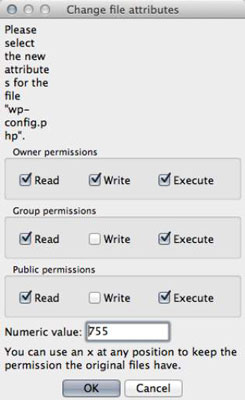
Click the OK button and test if you can open or modify the file after making these changes.This will automatically lift all restrictions regarding the file. Make sure to remove all the checks from the Deny column.Click on the Edit button to modify permissions.This will show what permissions you currently have. Click on your account listed under Group or user names.Using the tab labels at the top of the window, switch to the Security tab.Right-click on the problematic file or folder, then choose Properties.However, if the error occurs on your personal computer, you need to fix the permissions yourself. In this case, contact an administrator and check with them. If you share this computer with others, or it’s in a public location, it’s most likely a measure to make sure nobody is able to harm the device. It’s very much possible that you can’t access or modify a file because you lack the appropriate permissions to do so. Now, let’s start troubleshooting the “Windows cannot access the specified device path or file” error! Method 1: Modify the Permission of the File or Folder
#FILE PERMISSIONS RESET IN FILEZILLA HOW TO#
This means that the account is able to perform various tasks that may change system settings, which may be required to restore your system.ĭon’t know how to change your account to have administrator permissions? Want to create a separate administrator user for purposes like this? We recommend watching “ Making a user an administrator on a Windows 10 system ” by StormWind Studios to learn how you can make admin users like a pro. Note : Some of these methods require you to use an administrator account on your device. You can find various methods below that guide you through the steps necessary to solve issues with Windows 10’s “cannot access the specified device path or file” error. Now that we’ve identified the majority of possible causes, it’s time to fix the error. How To Fix “Windows Cannot Access the Specified Device Path or File” It’s possible that your error has a different source, however, the steps in the next section should help you resolve the issue.

These are only the most common causes known by the community. If you’ve stored the file on a network or an external hard drive that is no longer properly connected to your PC, you’ll get the “Windows cannot access the specified device path or file” error.

An antivirus application is blocking your access.
#FILE PERMISSIONS RESET IN FILEZILLA SOFTWARE#
When you have malware infections, there’s a possibility that the malicious software will modify or delete your files.

However, the user community was able to piece together possible causes that usually lead to the error this article is about. Just like the majority of Windows 10’s errors, there’s no definitive cause for this one either. What Causes the “Windows Cannot Access the Specified Device Path or File” Error? We’re here to help you identify its causes, and apply a fix to get your system back into the working state. If you’re having trouble because of this error message, look no further. One of these is getting the message “Windows cannot access the specified device path or file” when attempting to open, modify, or delete an application/file.

Despite bringing many improvements that users love, it comes with a fair amount of errors and bugs that seemingly pop up from nowhere. Windows 10 is one of the latest versions of Microsoft’s extremely popular operating system.


 0 kommentar(er)
0 kommentar(er)
